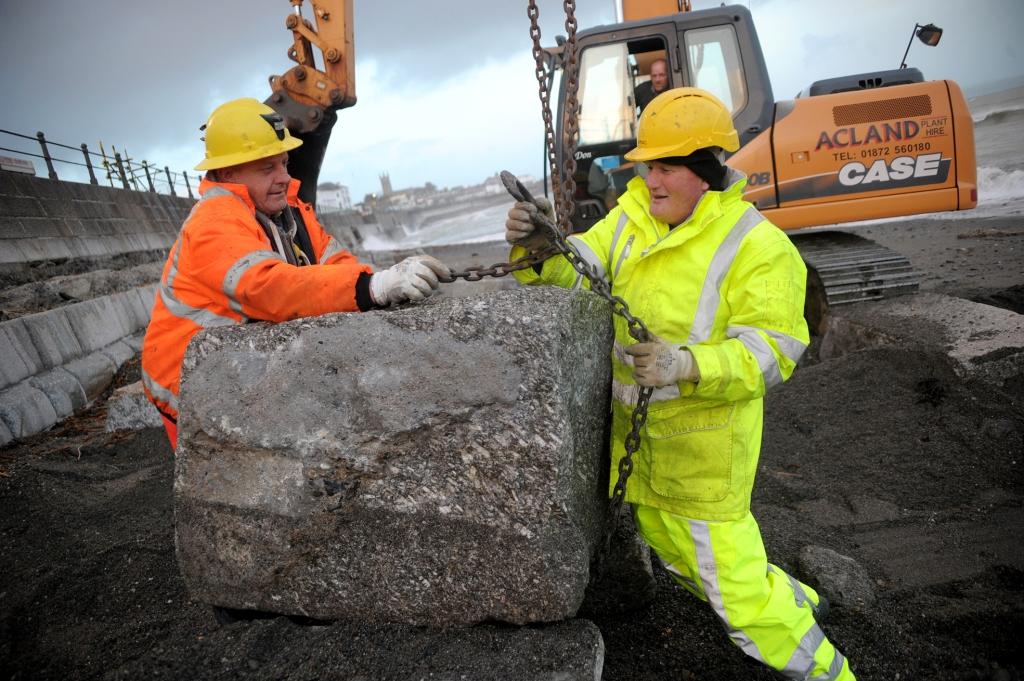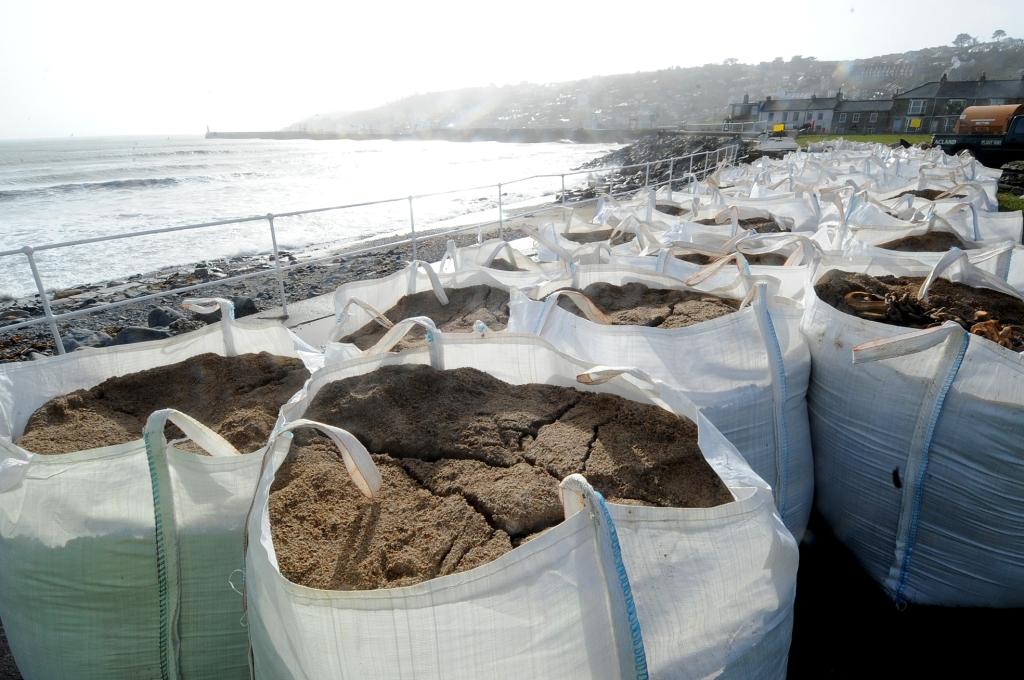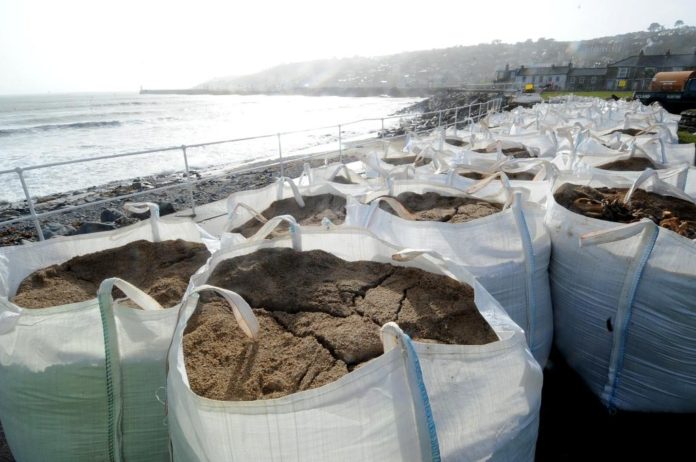With reports of 250 incidents of damage to Cornwall’s buildings, roads, and sea and flood defences caused by the severe weather over the past two months, more than 200 Cornwall Council staff are currently involved in clearing up and carrying out repairs.

Cornwall is one of the areas which has been worst affected by the floods and high winds, with significant damage caused to buildings, roads and footpaths, bridges, harbours and flood and coastal defences.
At the height of the severe weather at the end of January and early February, almost 400 staff from CORMAC Solutions Ltd, the environment service and Cornwall Fire and Rescue Service were working around the clock to keep roads open, prevent properties from being flooded, support coastal and flood defences and assist in the running of the multi agency Silver Control centre.
The latest estimate of the costs of carrying out both initial emergency repairs and the longer term repairs now stands at £21.5 million. However, this is expected to continue to rise as further detailed inspections of damaged areas are carried out by structural engineers and the costs of additional damage to areas such as Porthleven and the recent landslide at Port Gaverne are taken into account.
Damage will continue to occur as the saturated ground begins to dry out leading to landslides and cliff collapses.
The latest report identifies 74 incidents involving damage to roads, walls, culverts and bridges; 87 incidents of damage to coastal areas and coast defences and a further 94 incidents affecting the environment, including damage to footpaths and the coast path. There are also reports of flooding to more than 120 buildings, including homes, pubs and shops and post offices.
Edwina Hannaford, the Council’s cabinet member for environment, heritage and planning, said: “The unprecedented and sustained period of bad weather we have experienced over the last two months has been very challenging for the people of Cornwall as well as for the emergency services, Environment and Highways staff. However, as usual, the resilience demonstrated by Cornwall’s communities has shone through.”
One of the worst affected areas has been Penzance where there has been significant damage to the coastal defences at Eastern Green and Long Rock and damage to the South Quay, the promenade, Newlyn Green and Jubilee Pool.

Temporary repairs were carried out by Council staff at Eastern Green last month to prevent further damage, including the installation of 7,5000 tonnes of rock armour. Further repairs are being carried out, with plans being developed for a more permanent scheme.
The current bill for carrying out the temporary repairs and the longer term solution has been estimated at more than £2 million but this is expected to rise significantly as a result of damage to the Jubilee Pool.
There has also been significant damage to the harbour wall at Portreath where crews from CORMAC have been carrying out temporary repairs to prevent further damage from taking place, at Seaton where the beach wall has been damaged and at St Ives where both piers were damaged by the huge waves. The harbour at Porthleven, which was damaged in the February storms, suffered further damage last weekend with a new hole opening up in the sea wall.
There has also been further damage to the coastal defences in Newquay, including undermining of the Fistral Surf Centre and the Fistral RNLI training base and damage to the sand dunes, and damage to the road access to Blue Reef Aquarium and the Towan Promenade and beach huts.
Other areas which have been affected by the severe weather include St Mawes where there has been damage to the road, coastal defences and the privately owned quay; Bude, where there has been damage to the beach huts; Looe where there has been damage to harbour assets and to the coastal defences at Hannafore and at Kingsand/Cawsand where the coastal defences and the institute and the clock tower suffered significant damage.
Works on building a new retaining wall and reinstating Lower Kelly Road in Calstock, which collapsed in January cutting off 45 homes and businesses, began last month and is expected to be completed by July, with the road re opened to traffic in May.









